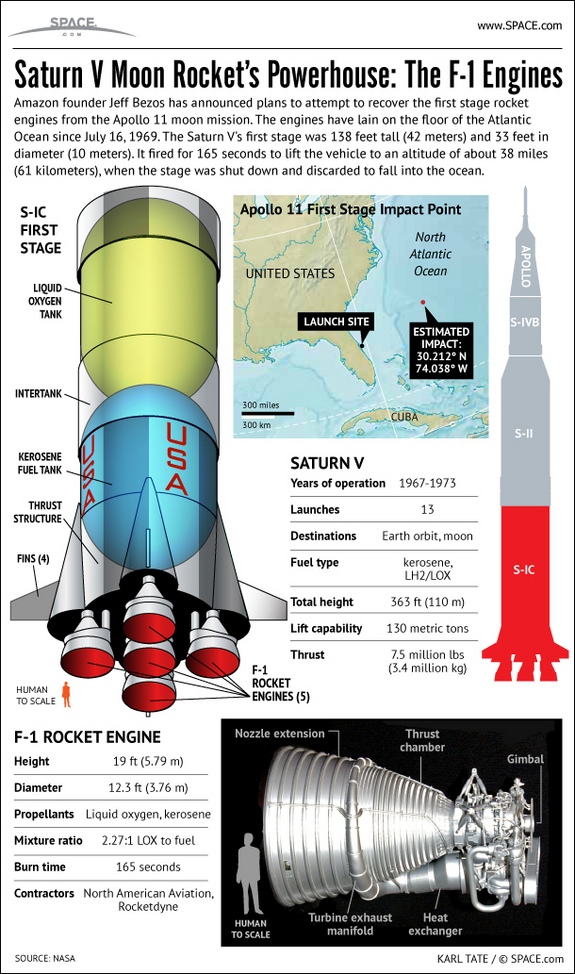
Source: SPACE.com: All about our solar system, outer space and exploration
A blog mainly about astronomy, astrophotography, computers, computer programming, and amateur radio. Any general questions or comments regarding the contents of this blog may be directed to me at jon@wt5l.com. For specific questions related to a particular post, please leave a comment.
Note 1: East is toward top and North is toward right side for all images. Complete image details are available by clicking here.
Note 2: [Source: O'Meara, Stephen James. "The Caldwell Objects". Cambridge: University of Cambridge and Sky Publishing, 2002. Print.]
Note 1: East is toward top and North is toward right side for all images. Complete image details are available by clicking here.
Note 2: [Source: O'Meara, Stephen James. "The Messier Objects". Cambridge: University of Cambridge and Sky Publishing, 1998. Print.]
Note: East is toward top and North is toward right side for all images. Also, complete image details are available by clicking here.